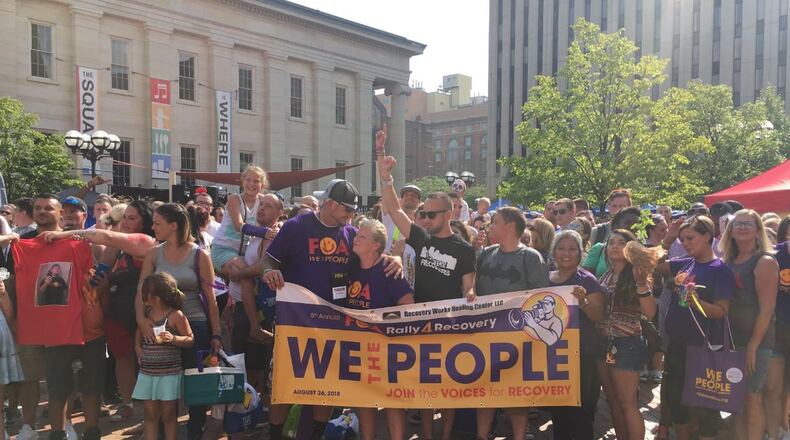Since June, our Path Forward reporting has focused on the many ways in which the community has been fighting back.
Some of the people, programs and solutions we've been writing about also recently attracted some prominent national attention. The Nov. 25 New York Times piece headlined, "This City's Overdose Deaths Have Plunged. Can Others Learn From It?" looked at some of the practices our community has put in place. The subhead: "Dayton, Ohio, had one of the highest overdose death rates in the nation in 2017. The city made many changes, and fatal overdoses are down more than 50 percent from last year."
READ THE FULL STORY: Why Drug Deaths Are Down in Troubled Ohio
“I’ll take it,” said Lori Erion, the founding president and CEO of Families of Addicts. She was quoted in the story by Times reporter Abby Goodnough, who noted FOA was part of Dayton’s “unusually large network of recovery support groups.”
Erion was pleased the Times recognized a lot of hard work by a lot of people. “I feel like stories like this give a good contrast to all the bad ones that were put out last year … (that) never said anything about the good things that were going on, and left the feeling that we weren’t going to get through this. I can’t stand the gloom and doom thing; we have problems like anyone else, but Dayton has so much more to offer.”
The Times report shared with a national audience several keys that have been part of our coverage: Ohio’s expansion of Medicaid, which allowed thousands to afford treatment; the reduction of powerful fentanyl and carfentanil on the streets; the large number of interconnected recovery support groups; the broad local distribution of Narcan, including to police; well-organized peer support between addicts and people in recovery; local needle exchange programs; and the coordinated strategic approach of local organizations such as the Community Overdose Action Team.
The story acknowledges that it’s impossible to know exactly what has worked, or why. As Erion told me, “We don’t really have a definitive answer on why the deaths have dropped. At the end of day, it could be the fentanyl and carfentanil are just not as present as they were. Still, people OD every day, and it could just be a lull before some other kind of storm. We may not know why — we’re just grateful, and all the groups doing this work will continue to fight and be proud of what we’ve been able to accomplish.”
Now some other communities have had the chance to read about those accomplishments – and, one hopes, they will find a way to incorporate them into their own response to the epidemic. As Erion points out, despite the dire headlines that were often attached to our town in the national media, this was never just a Dayton problem. We’re happy to share solutions.
So, back to that question we posed in June in our first Path Forward stories: What would a recovered community look like? Maybe we’re starting to find out.
MORE FROM THE PATH FORWARD TEAM
• These top 5 companies drive Dayton-area economy. Are they ready for the future?
• Vets twice as likely to fatally OD – what the Dayton VA is doing about it
Ron Rollins is community impact editor of the Dayton Daily News, and a member of the paper’s Path Forward team.
About the Author
